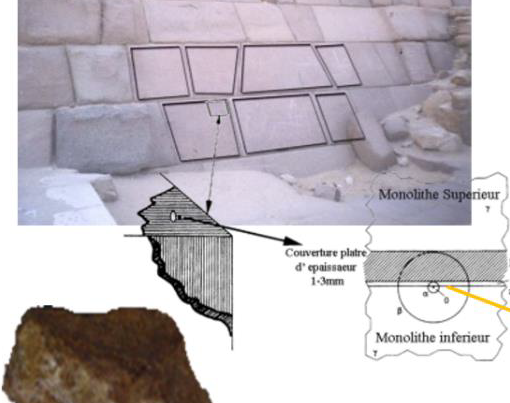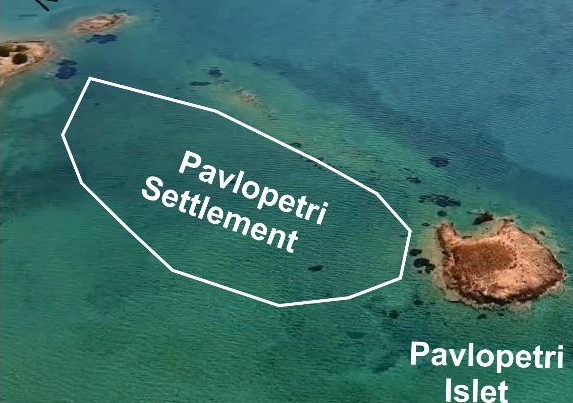by Dimitris Kaimaris
ABSTRACT
The utilization of a variety of data from Aerial and Remote Sensing Archaeology (aerial photographs, satellite images, multispectral, thermal images, and lidar data from Unmanned Aerial Vehicle-UAV, Google Earth im-ages, etc.), aids to identify ancient remains. In present investigation elements of main features visible as crop marks of covered ancient building structures are studied in two locations in Northern Greece; north of ancient Amphipolis and the second within the walls of the ancient city of Philippi. The work focuses mainly on the various data collected with the UAV and their processing, aiming at the visual improvement and optimal observation of the marks, with results explored via archive data from aerial and Remote Sensing Archaeology. Regarding UAV image capturing, a sensor sensitive to the visible area of the spectrum (digital DSLR camera) was used in the first location, while a multispectral (Parrot Sequoia) and thermal (Flir Vue Pro) sensor was additionally used in the second location. In addition to the geometric correction of all images in both locations, in Philippi, vegetation index maps were created utilizing the bands of the multispectral sensor that was placed in the UAV. The marks in the Amphipolis are captured with the highest spatial resolution in the UAV images. In Philippi the marks are optimally located visually and have a high observation intensity in the Near-infrared (NIR) image of the multispectral sensor and in the maps of Simple Ratio (SR) and Green chlorophyll index (GCI).
![]()



